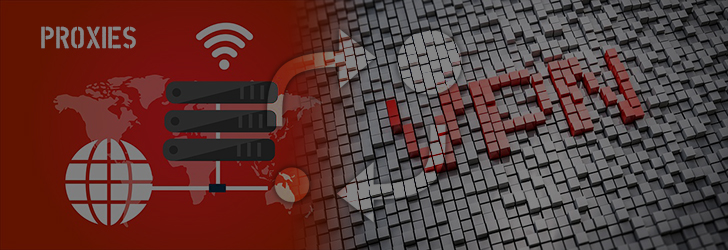Mar 16
2015
What are the differences between IPv4 and IPv6?

The two types of internet protocol are IPv4 and IPv6. In this article, we are going to look at the difference between the IPv4 and IPv6 addresses.









